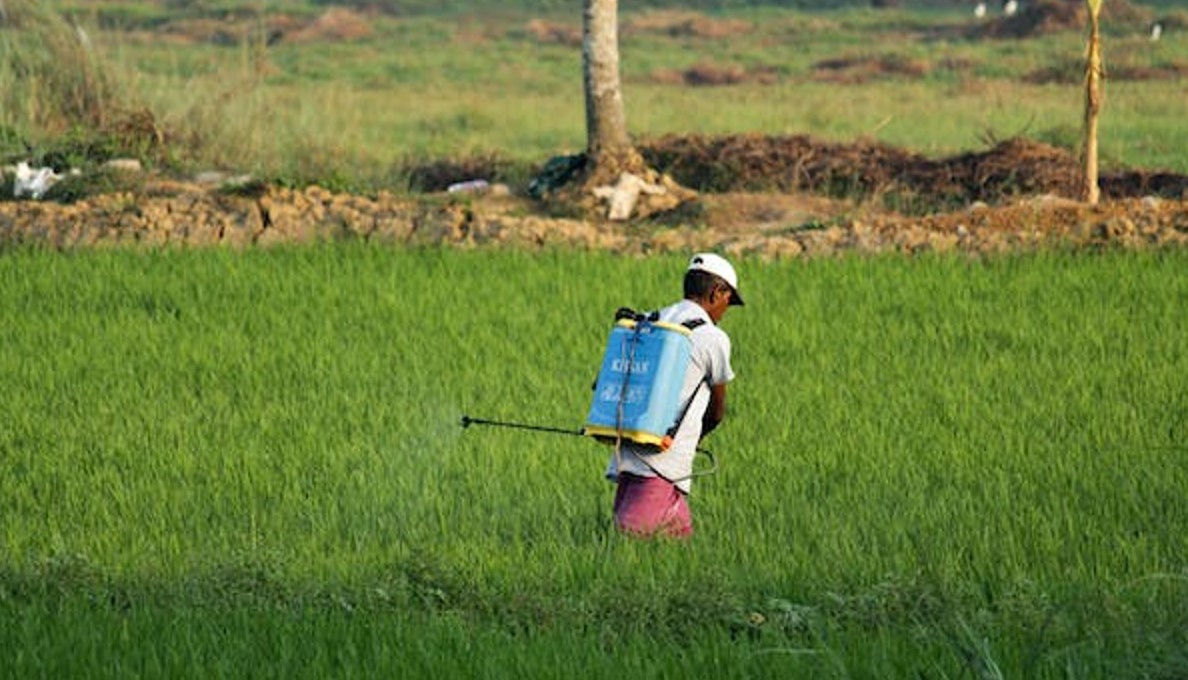Whether you own a rental property or rent one, pest infestations can be a major problem. Not only are they unsightly and annoying, but they can also cause serious damage to the property and even compromise the health of those living in it. To help both landlords and tenants work together to protect their properties from pests, it is important to understand key facts about these infestations. This article will discuss six key facts regarding pest problems for owners and tenants that should be taken into consideration when addressing this issue.
1. You might need professionals
When it comes to solving pest problems at rental properties, it is important to understand that professional help may be necessary. Taking a DIY approach can often have limited success, as it is difficult to identify the root cause of an infestation without specialized knowledge and equipment. Therefore, if you are experiencing ongoing issues with pests in your rental property, it is likely best to consult with a professional pest control service. As the team behind https://nmpestcontrol.com/ note, it is important to ensure that the company you choose has experience and expertise in dealing with the specific type of pest you are dealing with. It is also important to make sure that they use safe, environmentally responsible treatments to avoid any potential harm to the property or its inhabitants.
2. Different pests need different treatments
In addition to needing professional assistance when dealing with pest problems at rental properties, it is also essential to recognize that different types of pests will require different treatments. This is particularly important when trying to choose the appropriate pest control service. Different pests are more susceptible to certain types of treatment, so it is important to ensure that the company you hire is familiar with and prepared to use the most effective treatments for the type of infestation you have. Additionally, recognizing that different pests need different treatments can help in preventing future infestations as well, as tenants and owners alike will be able to identify and address areas of entry and other potential problems before they become major issues.
3. Identifying signs of an infestation
Of course, while being aware of what treatments are necessary for various types of pests can help prevent a problem from becoming more serious, it is even better to be able to identify the signs of an infestation before it can become established. For both owners and tenants, this means knowing what types of pests are common in your area and being on the lookout for them. Additionally, identifying potential areas of entry or other sources that could attract pests is important as well. Common signs of pest activity include droppings, damaged items, and evidence that insects are entering through cracks or holes in walls or floors.
4. Regular inspections
Regular inspections are another key factor in preventing pest problems at rental properties. This involves both landlords performing regular maintenance checks and tenants conducting periodic ‘checkups’ to ensure there is no evidence of infestations or other potential issues that could lead to a larger problem. Additionally, tenants and landlords should also speak with each other about pest control concerns that may arise. This can help ensure that both parties are on the same page when it comes to preventing and dealing with any type of infestation.
5. Keeping pests out
In addition to identifying signs of an infestation and conducting regular inspections, another important factor in keeping pests away from rental properties is blocking off potential entry points for these uninvited guests. For owners, this can involve ensuring that all doors and windows close securely and sealing off any cracks or holes in walls or floors. It’s also beneficial to clear out any debris or clutter that could attract pests, such as piles of leaves or standing water around the property. On the tenant’s end, it is important to make sure that food items are sealed and stored away properly and to not leave any trash or waste out in the open.
6. Following up on pest treatments
Finally, following up with professional pest control treatments is a must when dealing with a pest problem at rental properties. This means ensuring that the treatment has been completed thoroughly and that all recommendations have been followed. Additionally, both landlords and tenants should inspect the property regularly after an infestation has occurred to ensure there is no remaining evidence of pests. Regular maintenance checks can also help identify potential problems before they become more serious infestations.

All of these steps will help owners and tenants alike maintain a safe environment where everyone can feel comfortable. In addition to preventing pests from taking over rental properties, these practices can also help reduce the risk of diseases and other health risks associated with an infestation. By understanding the key facts about controlling pest problems in rental properties, owners and tenants alike can work together to create a safe and comfortable living situation for everyone.










